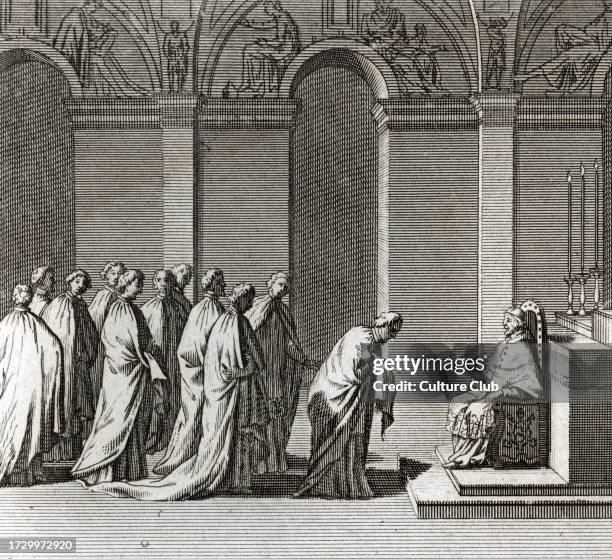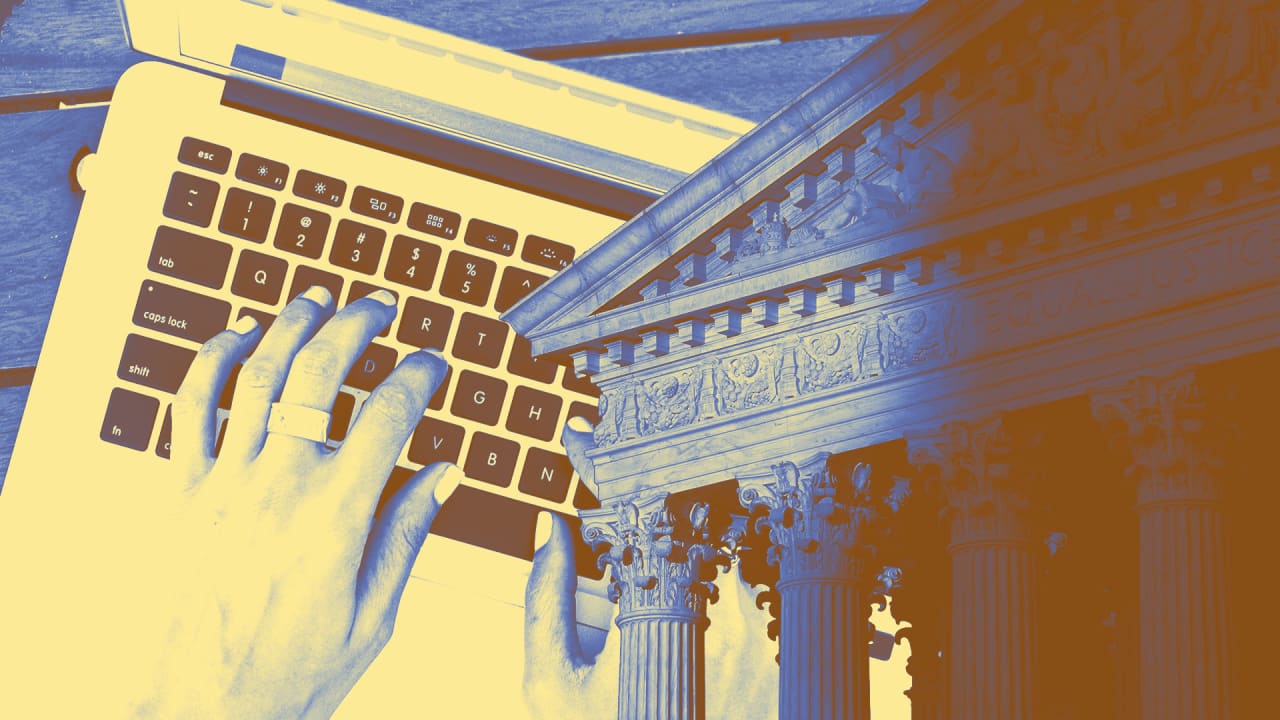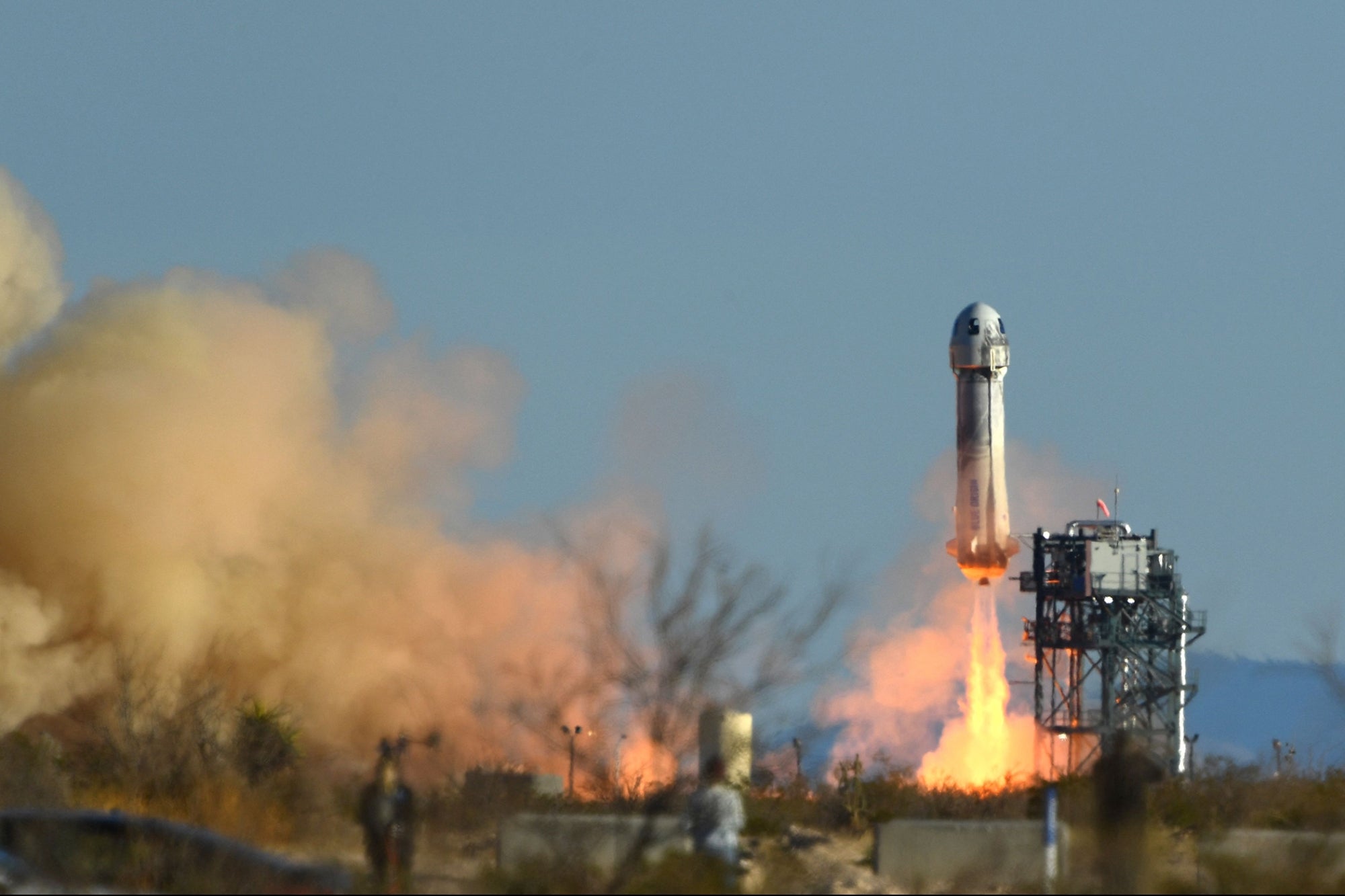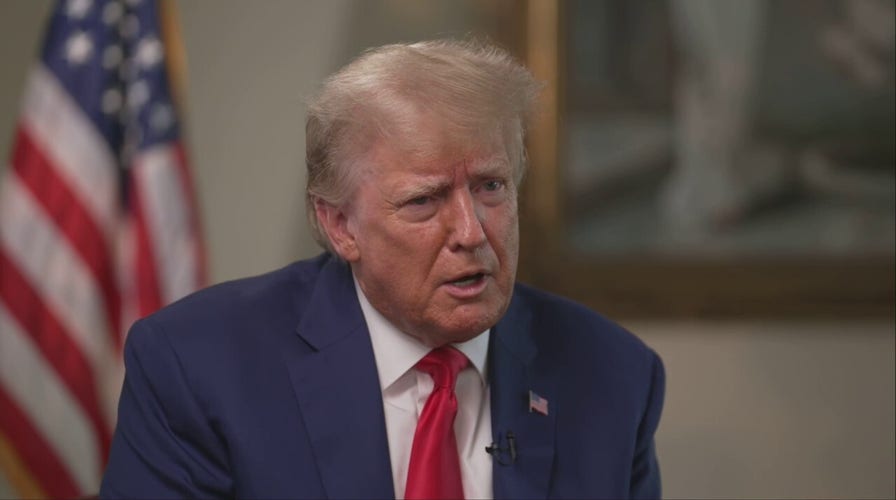The Selection Of A New Pope: An In-depth Look At Papal Conclaves

Table of Contents
History and Evolution of Papal Conclaves
The election of a new Pope hasn't always followed the formalized procedures of today's Papal Conclave. Early Papal elections were often fraught with political maneuvering and external influences. Powerful families and secular rulers frequently exerted considerable sway, leading to tumultuous and sometimes controversial selections. The evolution of the conclave system was a gradual process, driven by a need for greater transparency and a reduction in the influence of outside forces.
Key historical moments shaped the development of the conclave:
- Early Elections: Often characterized by bribery, violence, and significant political interference. The selection process was far from the secretive and prayerful environment we associate with it today.
- Introduction of the Conclave: The formalization of the conclave aimed to create a more controlled and secluded environment for the election, minimizing external pressures and promoting deliberation among the Cardinal electors.
- Key Reforms and Changes: The introduction of the secret ballot was a pivotal moment, dramatically reducing the potential for coercion and manipulation. Further reforms throughout the centuries aimed to refine the process and ensure fairness and transparency.
- Impact of Modern Technology: While secrecy remains paramount, modern technology plays a role in managing logistics and communication during the conclave, though strict protocols are maintained to preserve the sanctity and confidentiality of the proceedings. This includes secure communication systems and rigorous control over information flow.
Influential Popes like Gregory X (who formalized the conclave process in 1274) significantly impacted the development of conclave procedures, laying the groundwork for the system we know today.
The Process of a Papal Conclave
The selection of a new Pope is a meticulously planned and highly regulated process. Once a Pope dies or resigns, the Cardinals gather in Vatican City to begin the Papal Conclave.
Here’s a breakdown of the steps involved:
- Gathering of the Cardinals in the Sistine Chapel: The Sistine Chapel serves as the sacred venue for the Papal Conclave, a space rich in history and religious significance.
- Secrecy and Isolation: The conclave operates under strict rules of secrecy and isolation to ensure impartiality and prevent external influence. The Cardinals' lives are carefully regulated during this period.
- Voting Procedures and the Required Majority: A two-thirds majority is required to elect a new Pope. Multiple rounds of voting may be necessary, with ballots meticulously counted and burned.
- The Burning of Ballots and the Significance of the Smoke Signals: Black smoke signifies that no Pope has been elected, while white smoke announces the successful selection of a new pontiff to the world.
- The Election and the Papal Inauguration: Once a candidate receives the necessary votes, he is formally elected and subsequently undergoes the inauguration ceremony, officially assuming his role as the head of the Catholic Church.
The role of the Cardinal electors—those eligible to vote—is crucial. They are responsible for selecting a successor who they believe will best lead the Church. Their qualifications and responsibilities are clearly defined, ensuring a process that is both transparent and consistent. The announcement of "Habemus Papam" ("We have a Pope") is a moment of global significance, marking the culmination of the conclave and the beginning of a new papacy.
Key Players and Influences in a Papal Conclave
The Papal Conclave is not solely a spiritual exercise; it is deeply intertwined with the political landscape of the Catholic Church. The Cardinal electors, with their diverse theological perspectives and political leanings, represent various factions and viewpoints within the Church.
- Profiles of Influential Cardinals: Throughout history, certain Cardinals have wielded significant influence, shaping the outcome of conclaves due to their theological authority, political acumen, or personal charisma.
- The Role of Lobbyists and Factions: While officially discouraged, informal lobbying and the existence of factions within the College of Cardinals can influence the election process. Alliances and strategic maneuvering are often at play.
- The Impact of Media Coverage: Global media attention significantly impacts the conclave. News coverage and public opinion, while not directly influencing the voting, create a context that shapes perceptions and expectations.
- The Importance of Understanding the Political Landscape: To understand the conclave, one must consider the complex interplay of factors such as theological viewpoints, regional representation, and political affiliations within the Church.
The Symbolism and Significance of the Papal Conclave
Beyond the political and procedural aspects, the Papal Conclave possesses profound spiritual and symbolic meaning. It is a time of intense prayer and reflection, a period dedicated to seeking divine guidance in the selection of the Church's new leader.
- The Spiritual Significance of the Sistine Chapel: The Chapel’s iconic art and history add a layer of spiritual weight to the proceedings.
- The Symbolism of the Smoke Signals: The smoke signals—black or white—represent the collective will of the Cardinals and the divine intervention sought in this critical moment.
- The Role of Divine Guidance: Many believe that divine guidance plays a crucial role in the selection process, believing the Holy Spirit plays a significant role in the election of a new Pope.
- The Continuity of the Papacy: The conclave underscores the enduring continuity of the papacy, a key element of the Catholic faith. The election ensures the unbroken line of succession from St. Peter.
Conclusion: Understanding the Selection of a New Pope: Papal Conclaves and Their Importance
The Papal Conclave, a process steeped in history and tradition, is a complex and multifaceted event. It involves a delicate balance between spiritual reflection, political considerations, and the careful adherence to established procedures. Understanding the history, process, and key players within a Papal Conclave is crucial to grasping the significance of this event in shaping the future direction of the Catholic Church. The complex interplay of factors, from theological leanings to global events, contributes to the unique and often unpredictable nature of Papal succession.
To further your understanding of the fascinating process surrounding the selection of a new Pope, explore additional resources on Papal Conclaves and the intricacies of Papal succession. [Link to relevant website 1] [Link to relevant website 2] [Link to relevant book]

Featured Posts
-
 Middle Managers The Unsung Heroes Of A Thriving Workplace And Productive Teams
Apr 22, 2025
Middle Managers The Unsung Heroes Of A Thriving Workplace And Productive Teams
Apr 22, 2025 -
 Section 230 And Banned Chemicals Implications Of A Recent E Bay Case
Apr 22, 2025
Section 230 And Banned Chemicals Implications Of A Recent E Bay Case
Apr 22, 2025 -
 Post Roe America How Otc Birth Control Changes The Landscape
Apr 22, 2025
Post Roe America How Otc Birth Control Changes The Landscape
Apr 22, 2025 -
 Is Blue Origins Failure Larger Than Katy Perrys Recent Mishaps A Business Perspective
Apr 22, 2025
Is Blue Origins Failure Larger Than Katy Perrys Recent Mishaps A Business Perspective
Apr 22, 2025 -
 Trumps Ukraine Proposal Kyivs Urgent Response Needed
Apr 22, 2025
Trumps Ukraine Proposal Kyivs Urgent Response Needed
Apr 22, 2025
